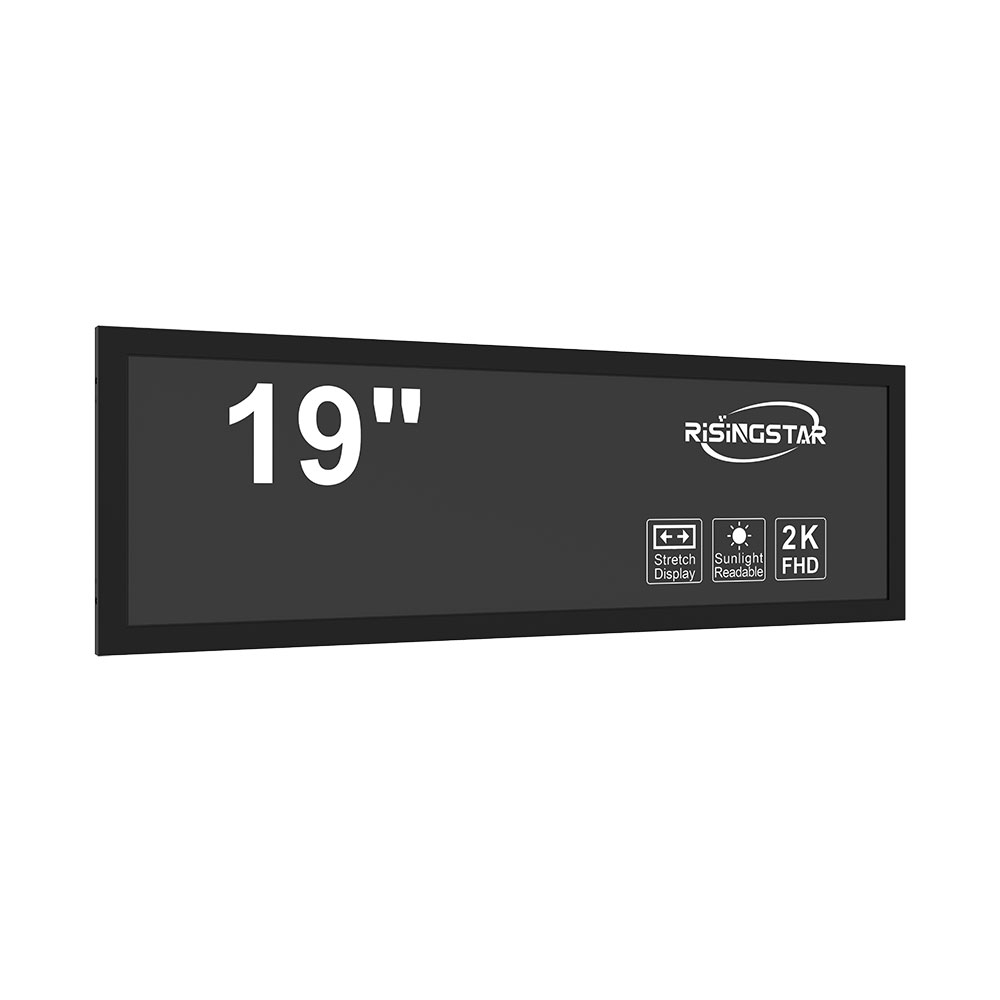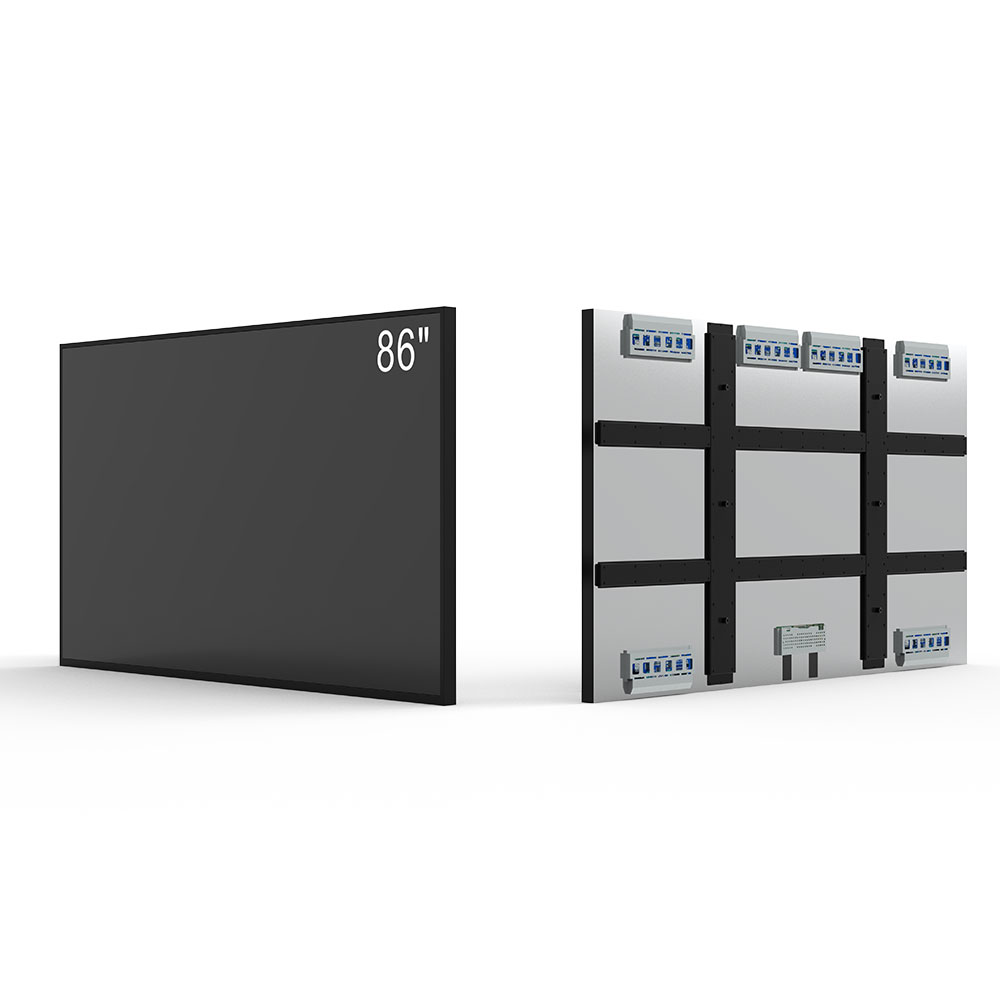- Home
- About Us
- Products
- News
- Video
- Contact
- Send Inquiry
Search
- Home
- About Us
- Products
- News
- Video
- Contact
- Send Inquiry

In today’s industrial, military, and outdoor technology landscapes, the demand for reliable, high-brightness LCD displays that perform in extreme conditions has never been greater. Among the most sought-after specifications is IP66 waterproof rating—a standard defined by the International Electrotechnical Commission (IEC) under IEC 60529. This rating ensures that a display is dust-tight (6) and protected against powerful water jets from any direction (6), making it ideal for use in environments where moisture, dust, or even temporary submersion may occur.
The IP66 rating is more than just a label—it represents rigorous engineering. For LCD screens to meet this standard, manufacturers must implement multi-layer sealing techniques, including gasketed enclosures, conformal coatings on circuit boards, and hermetically sealed front panels using UV-curable silicone or epoxy adhesives. These design choices not only prevent ingress of water but also enhance resistance to vibration, shock, and thermal cycling—critical for applications like construction equipment, marine navigation systems, agricultural machinery, and military command consoles.
High-brightness sunlight-readable LCDs with IP66 protection are often used in outdoor digital signage, kiosks, and smart transportation infrastructure. For example, a case study conducted by COTS (Commercial Off-The-Shelf) Display Solutions in 2023 demonstrated that an IP66-rated 10.4-inch TFT-LCD panel used in a fleet management system maintained 98% readability under direct sunlight at 10,000 lux, while operating continuously in humid tropical climates without failure over 12 months. This performance was validated through MIL-STD-810G environmental testing protocols, confirming its robustness beyond basic IP66 compliance.
Moreover, modern IP66-rated displays integrate advanced technologies such as LED backlighting with dynamic brightness adjustment, wide viewing angles (typically 170° horizontal and 160° vertical), and touchscreens compatible with gloves or styluses. The combination of optical bonding (which reduces glare and increases durability) and ruggedized glass (like Gorilla Glass or chemically strengthened soda-lime) further enhances usability in challenging environments. These features are essential for industries such as oil & gas, defense, public safety, and healthcare, where uninterrupted operation under harsh weather is non-negotiable.

From a manufacturing perspective, achieving IP66 requires stringent quality control processes—including water jet tests per IEC 60529 Section 11, particle contamination testing, and accelerated life testing to simulate years of operational stress. Reputable manufacturers such as Innolux, LG Display, and AU Optronics now offer certified IP66 displays with extended temperature ranges (-20°C to +70°C), which makes them suitable for both arctic logistics and desert operations.
In conclusion, the integration of IP66 waterproofing into high-brightness sunlight-readable LCDs is no longer a luxury—it is a necessity for mission-critical applications. With ongoing advancements in materials science, sealing methodologies, and human-machine interface (HMI) design, these displays continue to evolve, offering unprecedented reliability, visibility, and resilience across global markets.
